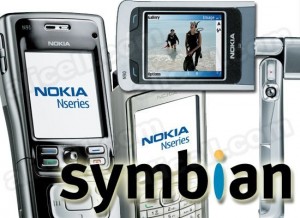
We all know the history that Nokia and Symbian shared. The mid to late 2000s were the years of success for both the platform and the company. Given Nokia’s recent strategy to focus on Lumia shipments it’s quite easy to forget the innovative nature of Symbian in its time, to say the least. Symbian was the leader in the smartphone market as late as 2007, with a 65% share in the smartphone market, and every on in two phones carried the Nokia logo. Symbian could be dubbed as the inventor of smartphone category, given that it helped to transform a mobile phone beyond just calling and texting.
Android is considered the market leader in smartphones, but the current leader uses several of Symbian’s characteristics in its own smartphones. There were several subscribers for Symbian, including Samsung and Sony-Ericsson. Symbian was the first platform to support external applications, a concept on which the success of Apple’s app store is built on. Symbian even picked up concept of touch and large screen devices way before other platforms caught on to the trick. Symbian also actively grew the mobile web trend by making a WebKit browser available from 2006 onward.
Interestingly, the platform was open source, with the code easily available to OEMs through the Symbian Foundation. Unfortunately, manufacturers did not share hardware drivers and the devices were very developer-unfriendly, because of which the platform remained open source only in name. Symbian also urged third party developers to develop apps by making the process much faster and cheaper. There were a total of 10,000 apps available on the Symbian platform when the iPhone was launched. However big this achievement might seem, it was clearly shadowed by Apple’s riot which produced 100,000 apps in a little over a year after its launch.
The app store was a major reason behind Symbian’s decline. Also, the fact that there were four different versions of Symbian floating around at any point of time made it even harder for developers to monetize their apps. The beginning of the end came after Nokia decided to ditch the platform for Windows Phone. The PureView 808 was the final nail on the coffin for the platform. Symbian is over a decade old, and its evolution serves as a constant reminder to current smartphone platforms that success isn’t perennial.